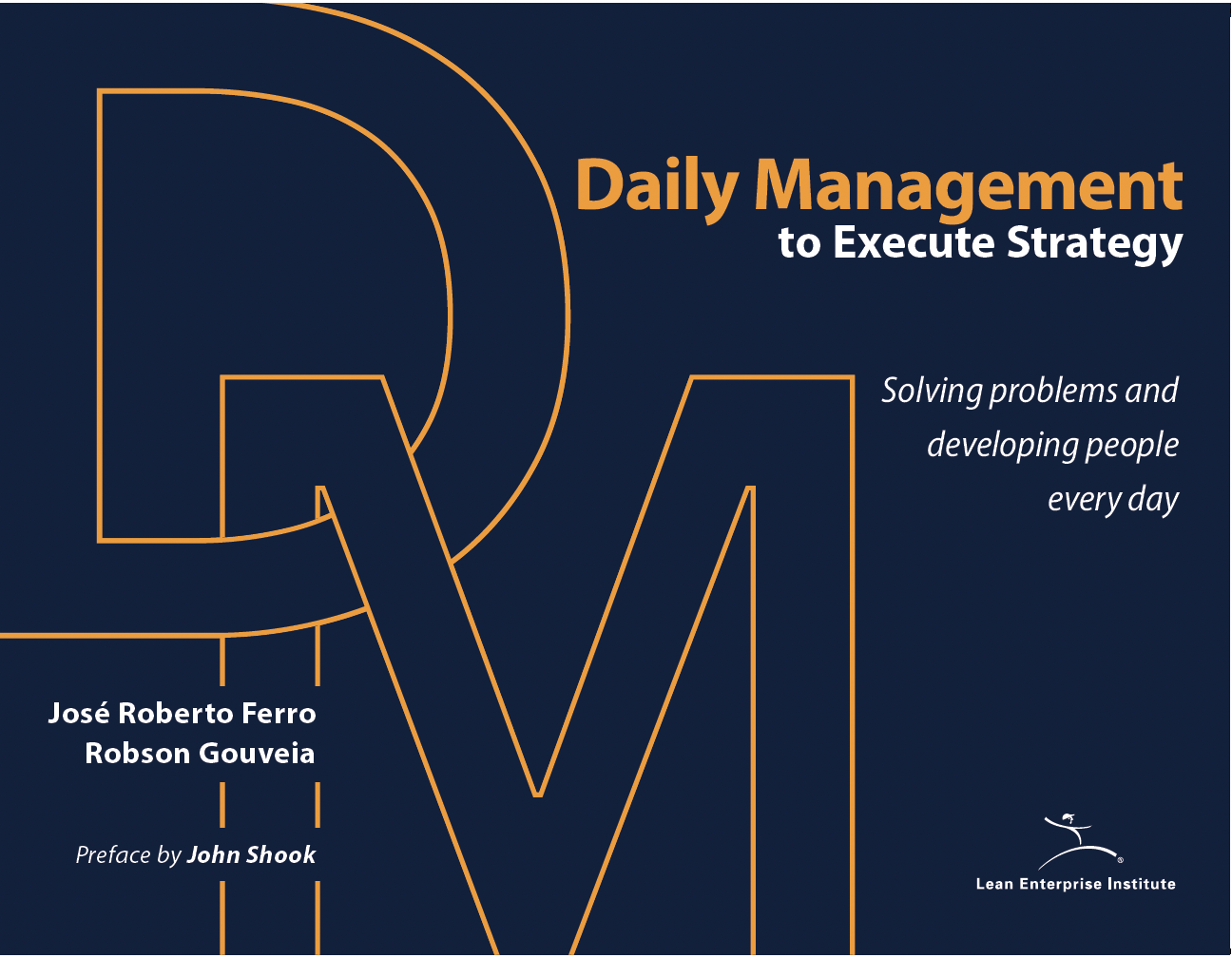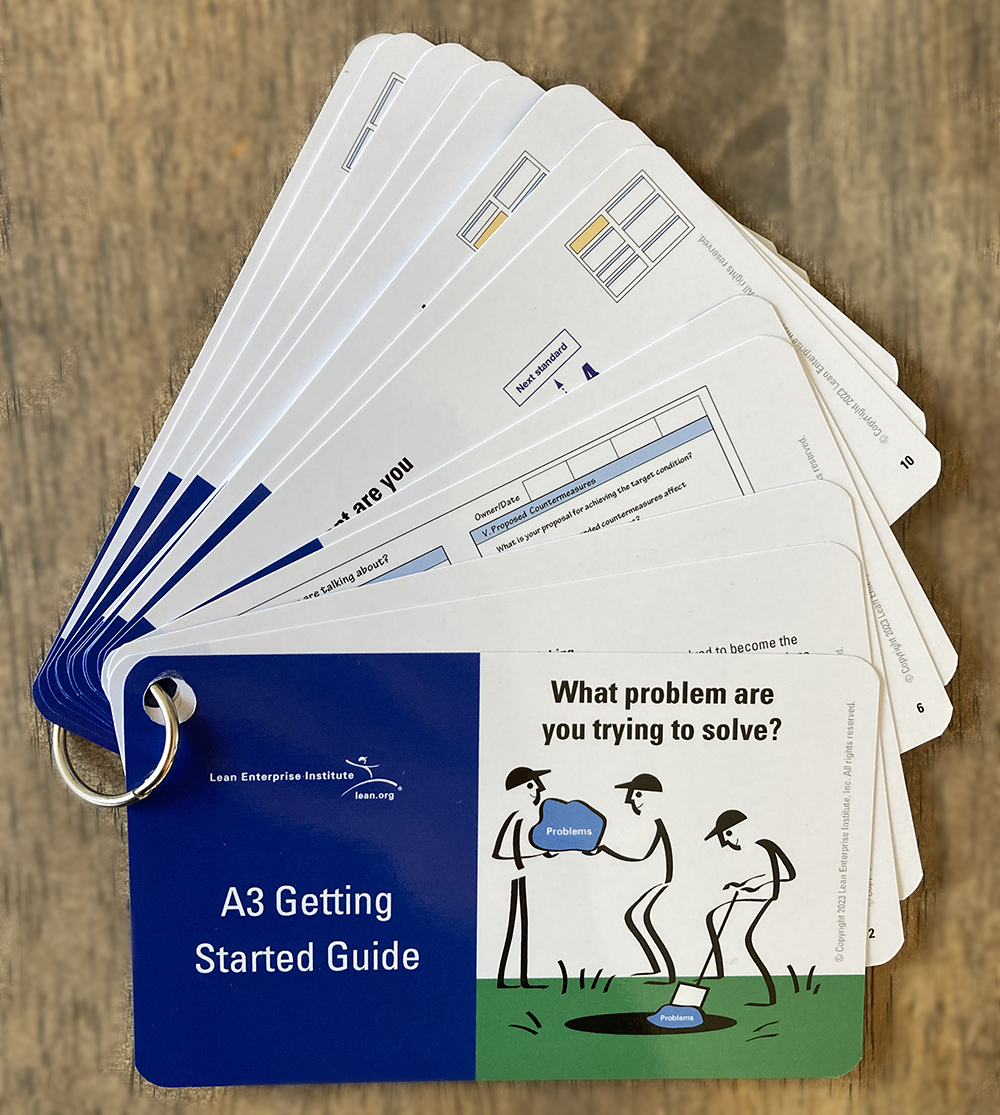I’ve always believed that the source, or “root cause”, of all conflict is miscommunication. Anything from a simple mistake to all out war can be caused by two or more parties misunderstanding each other.
I remember explaining to my children years ago the importance of learning how to communicate effectively when they were entering grade school. “If you are able to speak and actually be heard,” I said, “you’ll be less frustrated.”
I have the same beliefs when it comes to effective communication at work. I share this simple approach with my colleagues. I ask:
- Who is your audience?
- What problem are you trying to solve?
Whether I’m coaching an individual or working with a team, designing curriculum for a class, or speaking to an audience, I always start with these two questions. I ask people to think about them carefully before they even attempt to communicate any big piece of information because I see too many people waste energy trying to communicate and falling short despite their best intentions.
So many of my colleagues struggle with being heard and feeling understood. They tell me how important it is to connect and engage an individual or group in order for them to move and act, and I know this myself. I hear my colleagues say they want to be better teachers and coaches and design curriculum that “speaks” to each student. I hear people say they hope to become more effective leaders. “Can I be more genuine in my communication?” they ask. “Is this possible to do without taking an inordinate amount of time and effort?” “Why is it so difficult to be understood?” We all struggle with how to share news, good and bad, and have the nuances understood.
Why these particular two questions? Because people learn best when they have context. We also learn and hear things differently depending on where we are in our learning curve as well as our change curve. People may respond to the same question differently as they progress along each of these curves. As a result, as leaders, how we design and deliver communication must take into account the purpose of the communication (i.e. what problem are you trying to solve?) and audience (i.e. who are these people, where are they in terms of knowledge and skill development, and where are they in their ability to accept change?).
In a recent article for the Post, Steve Bell shared the concept of Shu-ha-ri in Aikido, a Japanese martial art. It describes 3 states of learning. The learner starts with rote learning (to build a basic foundation for learning) before moving on to exploration and reflection (to better understand the knowledge attained) before finally becoming a true practitioner. When we want to share knowledge, far too often we try to create a one-size-fits-all communiqué. And then we wonder why it doesn’t work. We might keep Shu-ha-ri in mind as we ask these two questions to design our communication.
Understanding who your audience is and what motivates them, why they’re interested in a particular problem, and where their learning level is what helps you hone your approach. Give people too much, too soon and you lose them. Give people too little, too late and along the way they will get bored and check out. In both cases, your colleagues won’t feel a connection with you and may not feel respected by you.
In my experience, this simple two question approach will make you a better teacher and coach, a more powerful speaker and leader, and help you facilitate and focus a team on solving the right problems more effectively. Try asking them next time you have an important problem to address. Tell me what you discover.







No doubt this article is very informative, as it raises an issue that is not always taken into account, namely the audience, because I totally agree in believing that this is a fundamental factor to know the most appropriate way to expose, from the tone to the content such as technicalities.
Effective communication hinges on understanding your audience and their learning stage. By asking, Who is your audience? and What problem are you trying to solve?, you ensure clarity and engagement. Avoid overwhelming or under-informing—both can lead to disengagement. Thoughtful communication fosters respect, connection, and more effective problem-solving.
Respectful communication is really important in a team. It’s key to listen to everyone and make sure all ideas are heard. When we talk openly and respectfully, it helps avoid problems and keeps the team working well together.
I found this section incredibly insightful! Respectful communication is the backbone of conflict resolution, especially in IT teams where technical disagreements can get heated.
in my university when we listen and don’t yell the fights stop fast and then this helps IT teams too much
“Effective communication is not just about conveying information, but making sure that the other person really understands and assimilates it. I found Alice Lee’s focus on the importance of contextualizing the message according to the audience and the problem to be solved very accurate. In IT teams, many times conflicts arise due to lack of clarity in communication, whether in requirements, expectations or feedback. Applying the principles of Shu-ha-ri in work communication can help to adapt the message according to each person’s level of knowledge and willingness to change. It is certainly a valuable reminder to improve collaboration and respect within teams.”
The blog is right, because if you give too much information or too late, you lose connection with them. Adapting your message to each person’s learning level makes the difference so they truly understand and engage.
Respectful communication is key to me because it builds camaraderie and a good work environment.
The article offers a practical and thoughtful approach to improving communication in various fields. Clarity, respect, and consideration of context and audience are essential elements.
It is always very important to maintain correct communication in conflict resolution, and most of the time, in a formal manner. This allows us to communicate with respect, which allows for clear intention and communication to resolve the conflict.
I also think that the misunderstanding caused by miscommunication is the main cause of conflicts, I will use this two questions when necessary.
I agree that miscommunication is a major cause of conflicts because it often leads to misunderstandings, frustration, and unmet expectations. When people don’t explain their ideas clearly or don’t listen well, it creates confusion.
The 5 Whys is a root cause analysis method that involves asking “Why?” iteratively—typically five times—to drill down into the underlying cause of a problem. This technique helps teams move beyond surface-level symptoms to address the foundational issues causing conflicts or process inefficiencies. By systematically identifying root causes, teams can implement more effective solutions and prevent recurring problems.
The 5 whys technique is a simple but effective way to get to the root of a problem. I wonder, in what types of situations have you found this technique most useful in practice?